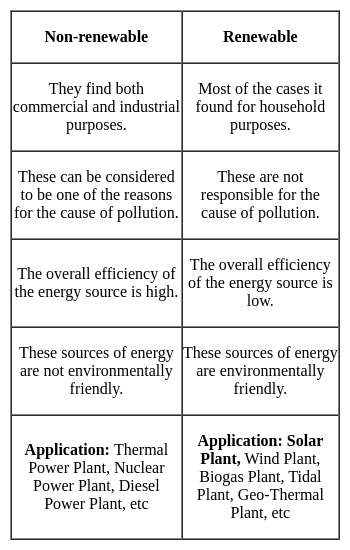UPSC CAPF Paper 1 Mock Test - 3 (General & Mental Ability) - CDS MCQ
30 Questions MCQ Test - UPSC CAPF Paper 1 Mock Test - 3 (General & Mental Ability)
How many members are elected to the National People’s Congress from all over China?
The UN favours disarmament which means
Bhakra canal has been drawn from which River near Nangal?
The main air pollutant(s) in metropolitan cities is/are
Which of the following is not correct about ecosystem?
Which is the most abundant gas in the earth’s atmosphere?
Which of the statements is correct about solar energy?
How is the average income of a country calculated, and what does it represent?
What is the theme of UNESCO on the ‘World Book Day 2023’?
What is the rank of India in the Global Intellectual Property Index 2024?
What is the affirmed rating for State Bank of India (SBI) and Canara Bank by Fitch Ratings?
Which of the following protective tissue is absent in young stem of a plant?
The constituent of hemoglobin is –
A cyclist of mass 30 kg exerts a force of 250 N to move his cycle. The acceleration is 4 ms−2. The force of friction between the road and tyres will be
The change in the focal length of an eye lens is caused by the action of
Nucleus is not present in-
What happens when a base is dissolved in water?
What should be added to -5/4 to get -1?
If two positive integers a and b are written as a = x3y2 and b = xy3; x, y are prime numbers, then HCF (a, b) is
The earliest clear reference to the four ashramas of the student, house-holder, forest hermit, and recluse is found in the:
It is said that Rashtrakuta king Krishna III invaded the Chola kingdom, capture Kanchi and Tanjore and assumed the title Gangaikonda.What was the name of the Chola king during whose reign this invasion was made?
Statement 1: The Congress (R) used the slogan 'Garibi Hatao' (Remove Poverty) in the 1971 general elections.
Statement 2: The 'Garibi Hatao' slogan was primarily focused on attracting urban middle-class voters.
Consider the following statements.
1. The Treaty of peace of Paris restored to the French their factories in India
2. The English became the supreme European power in the Indian subcontinent since the Dutch had already been defeated in the battle of wandiwash
3. The decisive Battle of the third Carnatic War was won by the English in Tamilnadu
Which of these statements is/ are correct?
Which of the following is/are correctly matched

Statement 1: Rajiv Gandhi introduced significant reforms in the telecommunication sector.
Statement 2: The Rajiv Gandhi government established the Indira Gandhi National Open University (IGNOU).
Which political party did Lalu Prasad Yadav lead before forming the Rashtriya Janata Dal?
Calculate the work done in moving a body of mass 50 Kg through a height of 5 m.(g = 10m/s2)
Substances whose atoms have more free electrons, are called
















